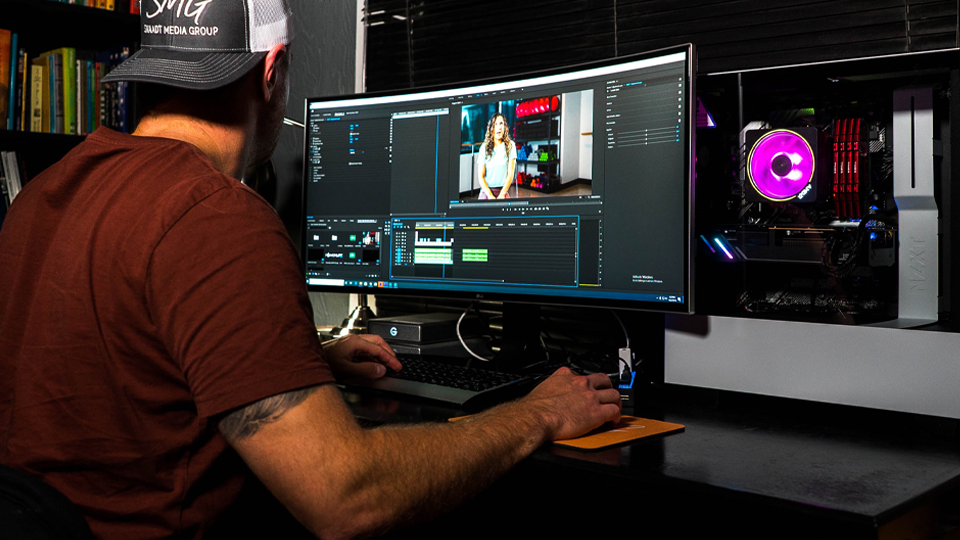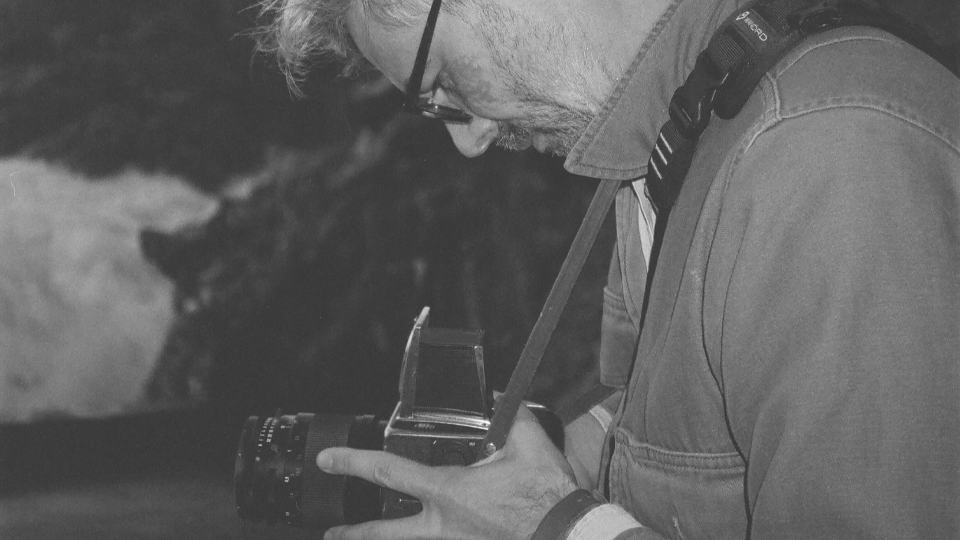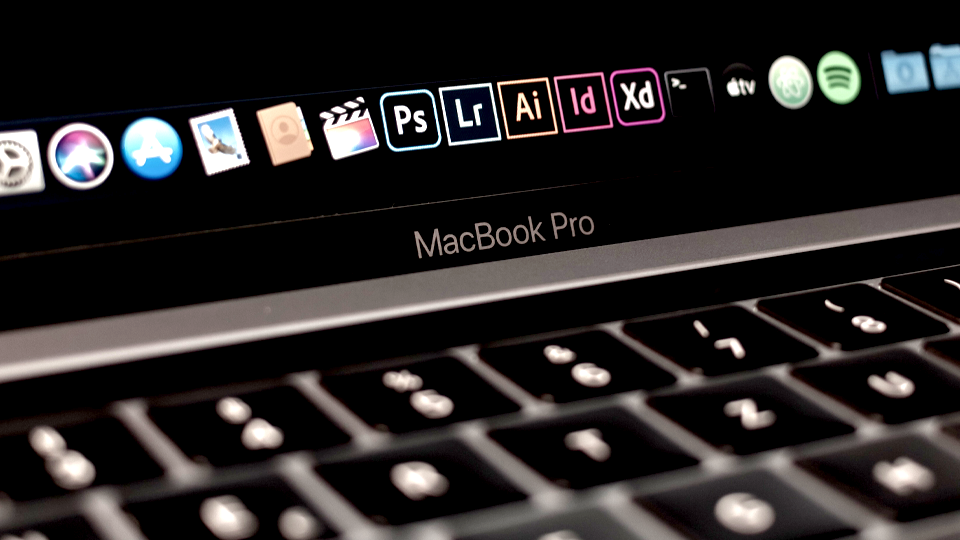Movie moments that knocked the norm: 8 movies that changed the way we experience the cinema
The Editors

3 Minutes

These are eight of the movies that changed cinema forever.
There are movies that ignite our sense of imagination. There are movies that test the cultural status quo. There are movies that confront our deepest fears. Then, there are movies that change the game entirely. Utilizing new technologies, leaning into groundbreaking genres, challenging industry norms, whatever it may be, these films exist, and they’ve redefined what’s possible in Hollywood. This blog post celebrates some of the most innovative, disruptive, and “ahead of their time” movies, from Toy Story to The Blair Witch Project.
Jaws
Steven Spielberg's Jaws is widely recognized as the first-ever “blockbuster” movie. Back in the mid-1970s, films were typically released in a staggered manner across the country, prioritizing bigger cities first while rolling out to smaller markets later. However this shark-laden thriller launched nationwide in the summer of 1975, a move that proved outrageously successful—for the first time everyone across the country was talking about the same film, at the same time—and it reshaped the way Hollywood distributes films. Not only did it set a new standard for summer releases, it forever associated the season with big-budget, high-adrenaline movie spectacles.
Star Wars
Few franchises have had an impact on cinema (and now streaming) quite like George Lucas's Star Wars. When it first exploded onto screens in 1977, people had no idea that it would blossom into one of the most beloved movie franchises in history; but the recognition here is well-deserved. Lucas and his team pioneered visual, audio, and graphic effects just to make Star Wars come to life on the big screen, and it revolutionized the industry with its epic storytelling. Lucas’ daring ambition to create an entire galaxy from scratch introduced the audiences worldwide to the potential of visual effects in the cinema, and the influence is still felt, as displayed by the countless off-shoots and spin-offs that Disney is creating to grow the Star Wars universe.
The Martian
The Martian brings audiences a first-hand view of humans considering life on Mars, and it’s one of the first films ever to bring such an attention to detail to a human-Martian world. It’s not surprising the film ended up so successful—it’s director, Ridley Scott, is the same that crafted the futuristic Blade Runner. While science fiction had previously explored similar science-fiction themes, "The Martian" takes modern knowledge and applies it to create a plausible and engaging survival story set on the Red Planet. Its thoughtful and extremely credible depiction of space exploration offers a new level of realism in science fiction cinema, earning it a spot on this list.
Toy Story
Pixar's Toy Story ushered in a new era of animation when it hit theaters in 1995, proving that a feature-length film could be rendered entirely in high-quality computer-generated imagery (CGI). Toy Story forever changed how animated films are made by eliminating the need to animate by-hand, instead opting for computer-assisted techniques that allowed graphic artists to render immersive environments and realistic character movements with the swish-and-click of a mouse. Its success proved that CGI was more than a novel technique and that a true blockbuster hit could entice audiences of all ages. To this day, the vibrant, imaginative world of Toy Story continues to entertain.
The Breakfast Club
In 1985, John Hughes's The Breakfast Club changed the game for teen cinema, much like John Steinbeck’s A Catcher in the Rye did for coming-of-age stories in American literature. It portrays a motley crew of high schoolers, all who have to serve detention over summer break, and it highlighted this demographic in a way that moved beyond the clichéd portrayals of adolescence and delivered a nuanced, empathetic exploration of teenage life. Its focus on the "coming-of-age" story added a level of depth and authenticity to teen narratives that was largely missing from Hollywood at the time, paving the way for countless films in the genre.
The Blair Witch Project
The Blair Witch Project emerged in 1999 as a radical new take on the horror genre. Its use of a point-of-view (POV) filming style, simulating home video footage, sunk audiences deep into an immersive and utterly terrifying experience that felt all too real. Its success proved that even low-budget, DIY-style films could make a huge impact, sparking a wave of "found footage" horror movies in its wake, including the Norwegian dark fantasy film, Trollhunter, which is a must-watch the next time you’re looking for a Saturday afternoon thriller.
Harry Potter and the Sorcerer's Stone
Harry Potter and the Sorcerer's Stone marked a turning point in cinema for numerous reasons. Before its release in 2001, it was basically unheard of to invest a massive budgets strictly into a “kids” franchise. But Harry Potter turned out to be so much more. The success of the Harry Potter franchise demonstrates the potential for fantasy tales to come to life in many ways. Born out of J.K. Rowling’s novels, and the first movie, the Harry Potter universe has expanded to include eight films in total, real-world theme parks in across the globe, mainstream movie successes from off-shoot stories, and countless fans from every corner of every culture.
Avatar
James Cameron's Avatar, released in 2009, wowed audiences. Plain and simple. But beneath the surface of this glitzy, fantasy tale is the idea that hugely successful films could be heavily reliant on computer-generated imagery. Like Lucas and his team working on Star Wars, Cameron and his visual effects specialists developed cutting-edge 3D technology to map the actors’ movements, to later be reproduced as Avatar characters during post production. The world-building and stunning visual effects in Avatar offers audiences a transformative cinematic experience that blends reality with computer-generated imagery in ways that still confound.




































